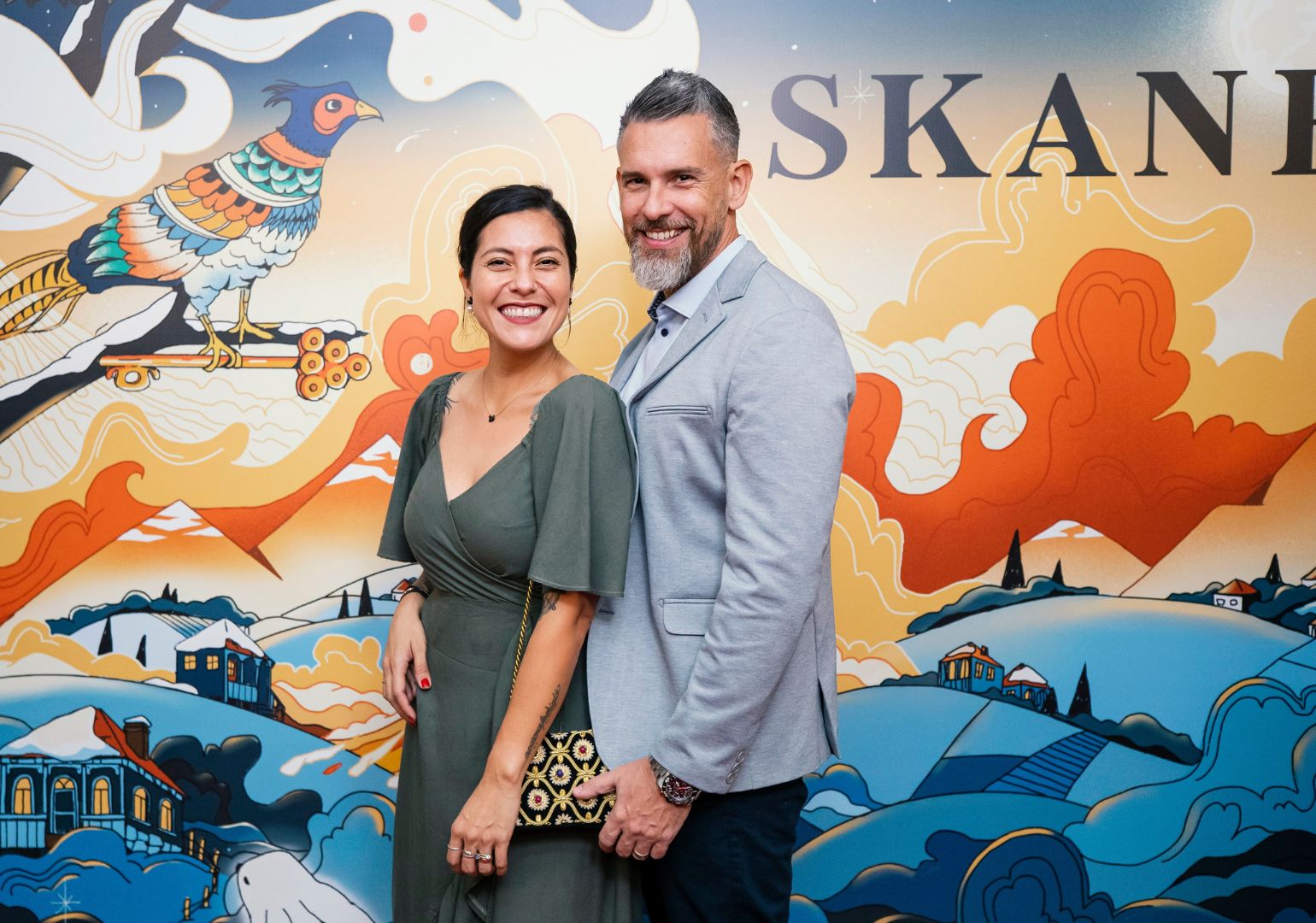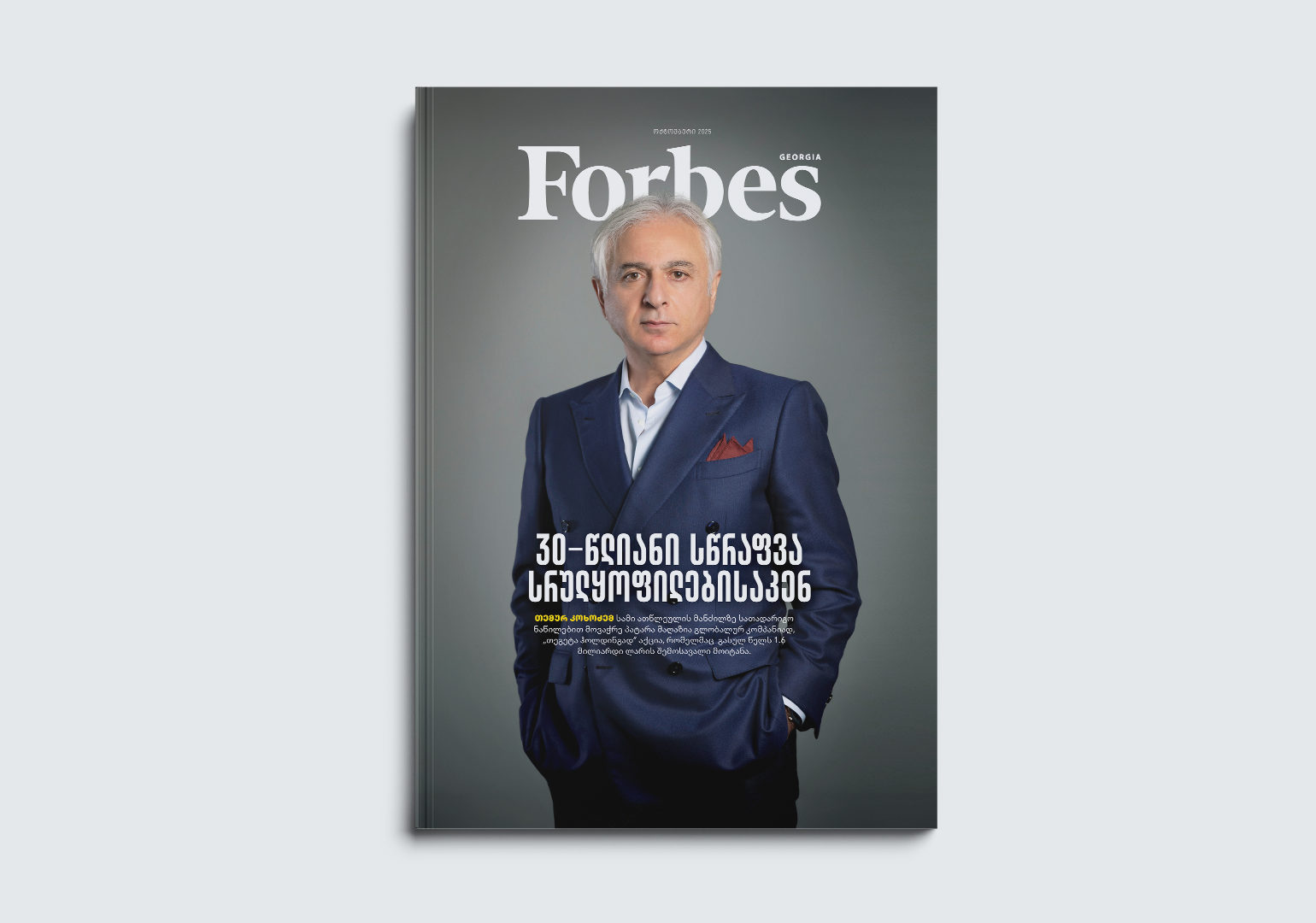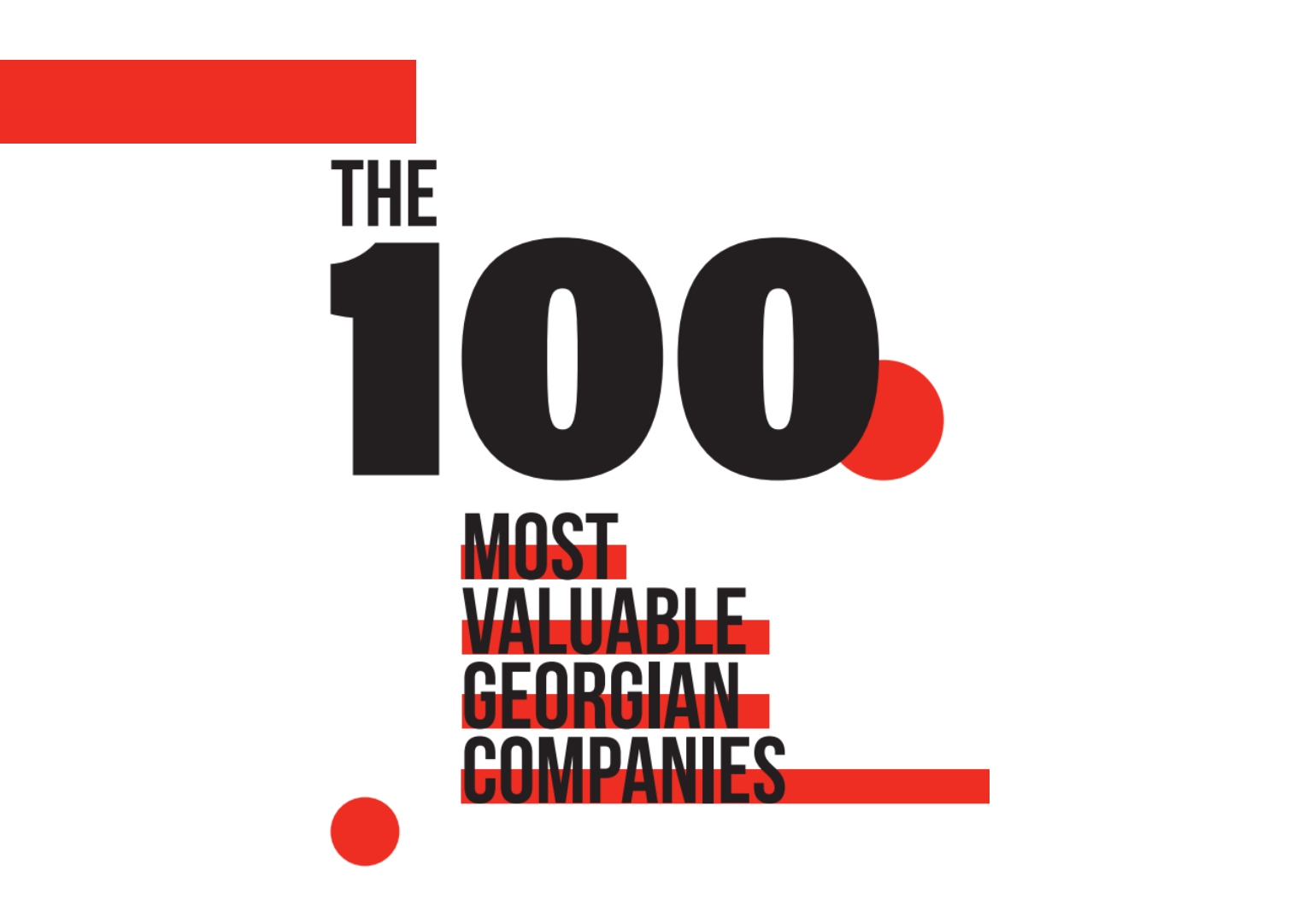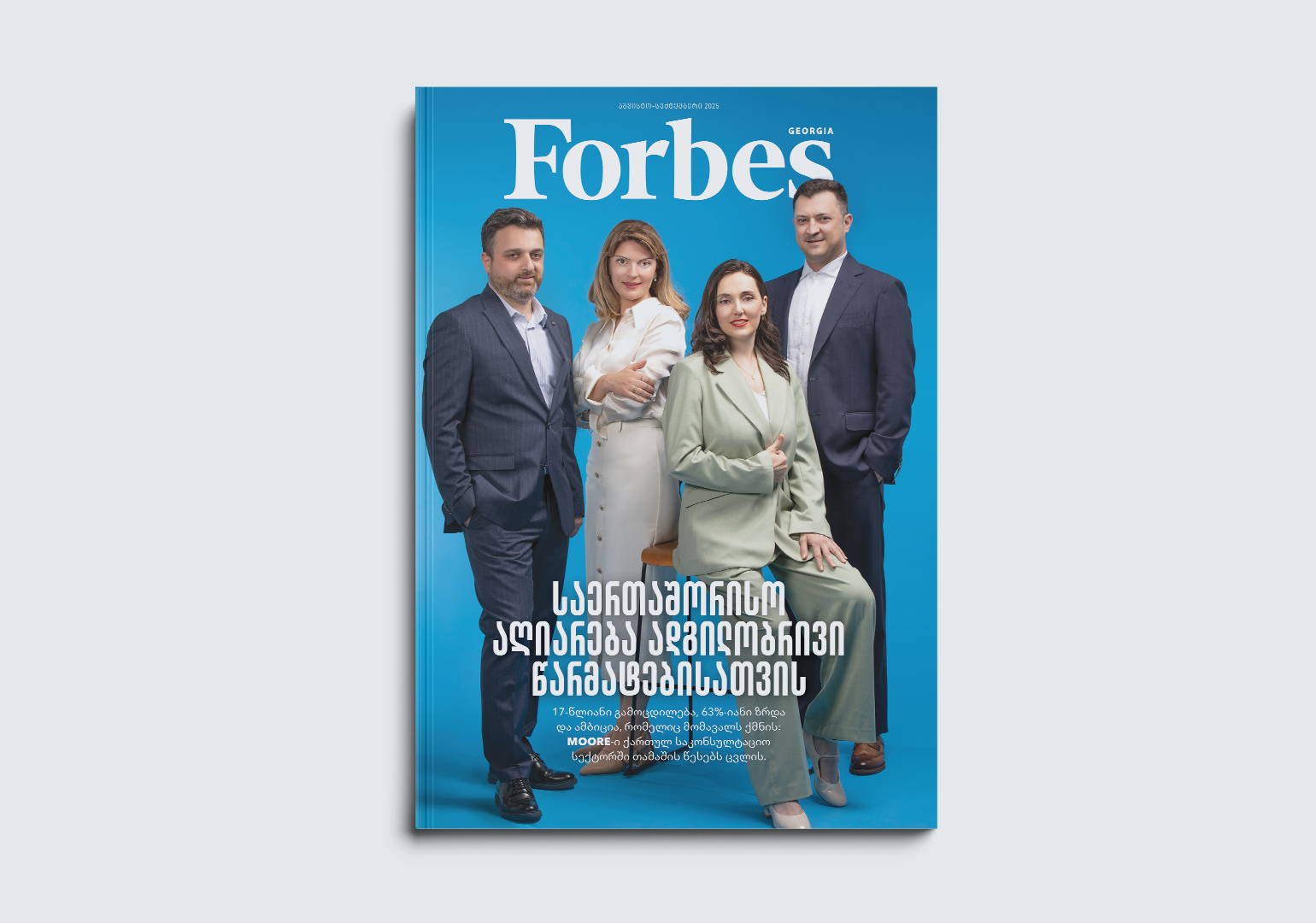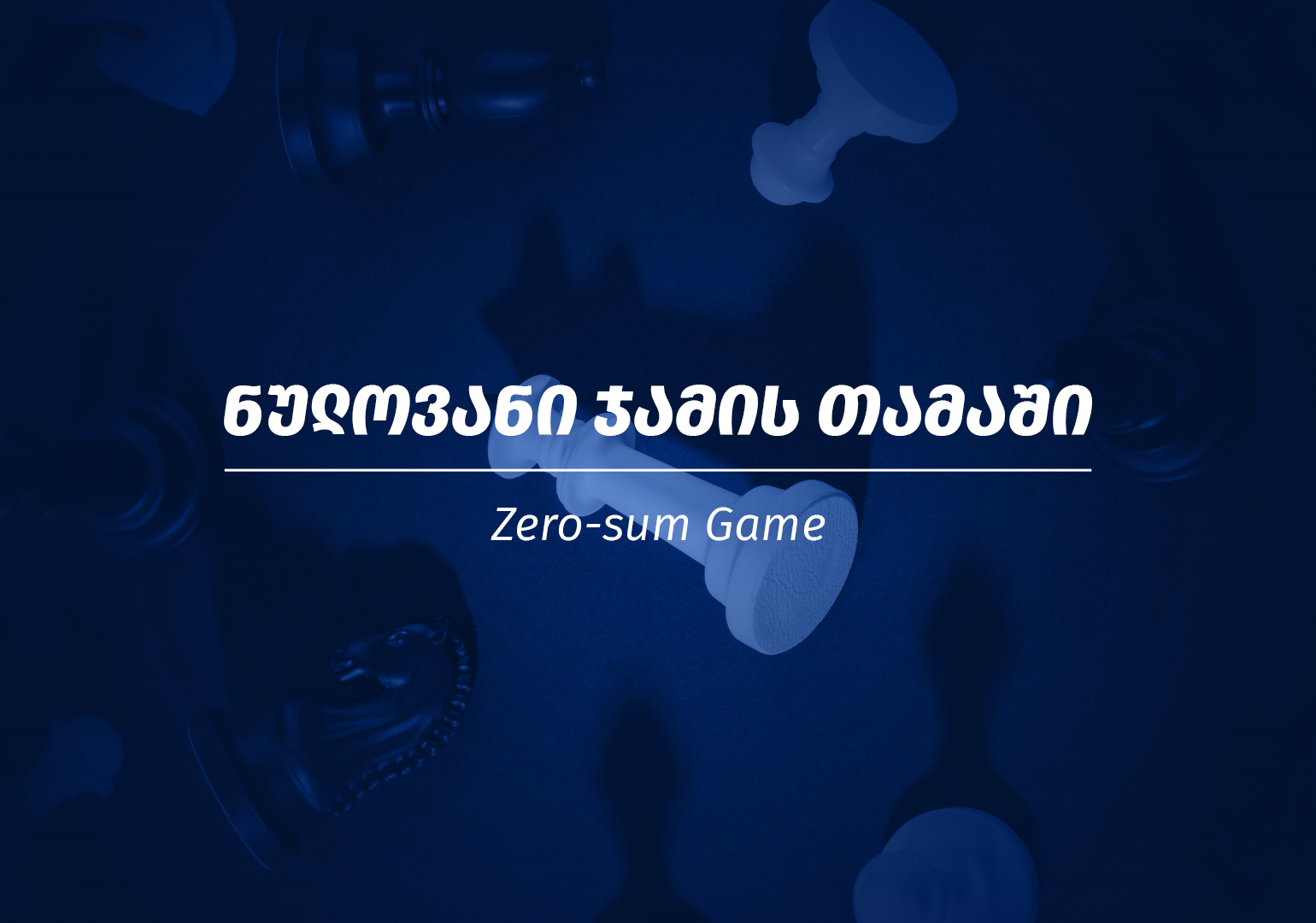André and Karla, Brazilians who travel globally promoting wine and tourism, now call Georgia home. After visiting 101 countries, they settled here a year ago. They’re currently promoting Georgian wine in South America and assisting local winemakers in exporting to Brazil. In September, they’ll host the biggest Georgian wine event in South America, and they’re excited to share their journey with Forbes Georgia.
You’ve already visited 101 countries. What inspired you to transition from traveling the world to settling in Georgia and focusing on promoting Georgian wine to South America?
We studied culinary arts. Karla graduated from Le Cordon Bleu in Orlando, Florida, and we met 15 years ago while working in the kitchen at Disney World. We have worked in various locations such as Alaska, a cruise ship in Hawaii, and volunteered at wineries in Italy, Germany, Turkey, and Portugal to learn firsthand. With extensive wine education and visits to wineries worldwide, we were missing a country famous for being the birthplace of wine, with its more than 500 varieties of native grapes. So, we decided to explore Georgia and learn from local winemakers and the people of Sakartvelo.
What do you consider as unique qualities of Georgian wine that make it stand out in the international market?
Georgian wine is known for its ancient winemaking traditions, using Qvevri for fermentation and aging. This traditional method gives Georgian wine a distinct taste and character that sets it apart from wines produced in other regions. Additionally, Georgian wines are made from unique indigenous grape varieties that are not commonly found in Brazil, adding to their uniqueness and appeal in the international market. The diverse terroir of Georgia, with its different microclimates and soil types, also contributes to the variety and quality of Georgian wines, making them stand out among wine enthusiasts worldwide. As one of the ancient countries of the world with an uninterrupted tradition of viticulture and winemaking, recognized as the cradle of wine, Georgia has all the tools to stand out in the international market.
How familiar are South Americans, particularly Brazilians with Georgian wine, and what perceptions do they typically have about it?
Before promoting Georgian wines in Brazil, few wine enthusiasts were aware of Georgia and its location. The initial perception of Georgian wine was harsh and astringent, with Saperavi being likened to “Georgian Barolo”. There was also a negative reputation for sweet bulk wines sold to the Russian market. However, through our efforts, we introduced different styles and regions, showcasing the return of winemaking traditions to families post-Soviet Union, sparking interest among Brazilians. Despite some associating Georgia with the American state, we are successfully changing this perception to give Georgia its rightful place in the world of wines.
Have you observed any particular preferences among Brazilian wine consumers when it comes to Georgian wine styles, grape varieties, or production methods?
There is a high demand for Qvevri wines and a growing market for organic and natural wines. However, the South American palate is not fully accustomed to the bold flavors of Qvevri wines with long skin contact, particularly in white wines. We must avoid the mistake of initially introducing consumers to complex wines like the powerful Saperavi, which undergoes a lengthy process in Qvevri, otherwise we will have no repurchases, as we need to educate consumers about this “new” 8,000-year-old winemaking experience.
Our main challenge has been finding a balance between traditional Georgian production methods and the preferences of the South American palate. We now have over 500 wines cataloged and are able to cater to the needs of the South American market. It’s important to note that a wine considered easy to drink in Georgia may be perceived as strong and complex in other parts of the world.
As wine hunters, you already have 5 Georgian wineries exporting to Brazil. How did you make the selection, and what criteria did you consider in making these choices? Are they small wineries?
We currently collaborate with major Georgian wineries such as Askaneli, Shilda, Vazisubani, and Dugladze, and we are in negotiations with GWS to partner with a large supermarket chain. However, there are considerations “beyond the wine itself” that influence our selection process. High transportation costs and taxes necessitate a delicate balance between quality and payment terms. Many Georgian wineries require 100% prepayment, which can pose challenges for international sales. Understanding the importance of flexible payment terms in the Brazilian market is crucial.
Additionally, it’s worth noting that the price point for “industrial” wines is around $4.5 USD (with a sweet spot strategy of $3 USD), and for natural wines, it ranges from $6 to $8 USD. Negotiating prices above these ranges can be challenging. Despite our collaborations with large companies, there is an opportunity for small producers and artisanal wines that show great interest in the Brazilian market.
Considering South America’s significant role in the global wine industry, with Argentina, Chile, and Brazil as major players, I’m interested in understanding the characteristics that define South American wine and how they differ from Georgian wine.
Traditional wine-producing regions in Argentina and Chile have warm, dry climates, resulting in riper, fruitier wines with less acidity and rounder tannins. These wines are often made from grape varieties like Malbec, Carmenere, Torrontes, Tannat, Cabernet Sauvignon, Merlot, Chardonnay, and Sauvignon Blanc. Each region of the South American countries has its own climate and type of soil. Although they share some similarities, each one has its own unique characteristics.
In Brazil, the Moscatel grape is popular for making excellent sparkling wines, alongside Chardonnay, Pinot Noir, and Riesling Italico. Brazil boasts the first Sparkling wine denomination of origin in the new world, known as “Altos de Pinto Bandeira D.O.” South American wines are influenced by Italian, Spanish, and German immigrants, as well as European winemaking techniques. In contrast, Georgia maintains a distinct identity and protects its traditions in a closed market. Georgian wines often have a higher level of tannins and acidity compared to many South American wines, contributing to their age-worthiness and ability to pair well with a wide range of foods.
While South American wines are renowned for their bold flavors and international appeal, Georgian wines offer a unique and ancient winemaking tradition that sets them apart in the global wine industry. Simultaneously, Georgia is adapting to European winemaking methods to target the global market, reducing reliance on the Russian market due to potential sanctions. Diversifying exports is crucial for Georgia to ensure stability.
Given the current minimum levels of wine export from Georgia to Brazil, what potential avenues do you see for increasing cooperation between the two countries in the wine industry?
In Brazil, the number of regular wine consumers has increased by approximately 17 million people in the past decade. While global wine consumption has decreased by 6.5%, Brazil has seen significant growth of 28%, with consumers showing a strong interest in trying new styles and types of wine.
Georgia is becoming a trending destination for wine enthusiasts looking for a new and unique experience, seeking to explore history, challenge their knowledge, and expand their palate beyond traditional options like Cabernet Sauvignon. With that in mind, increasing cooperation between Georgia and Brazil in the wine industry could involve several potential avenues.
One approach could be to focus on promoting Georgian wines in the Brazilian market through targeted marketing campaigns, wine tastings, and participation in wine fairs and events. This could help raise awareness about Georgian wines and increase their visibility among Brazilian consumers.
Another avenue for cooperation could be to establish partnerships between Georgian and Brazilian wineries, importers, and distributors. This could facilitate the distribution of Georgian wines in Brazil and help increase their presence in the market. Collaborative efforts such as joint ventures or wine education programs could also help strengthen ties between the two countries in the wine industry.
Are you also considering Georgia as a potential importer of South American wine?
Despite the warm hospitality between Georgia and Brazil, accessing the Brazilian wine market can be challenging. Georgians have a deep-rooted winemaking tradition ingrained in their culture, almost in their DNA, with nearly every household having a Marani (wine cellar). This cultural aspect makes it challenging to introduce new wine products in Georgia. However, there are exclusive Brazilian wine brands seeking Georgian importers, offering an opportunity for Georgian companies to explore the market by importing Brazilian wines and collaborating on this integration between the countries.
As hosts of the largest Georgian wine festival in South America, could you share the date of the event and provide insights into what can attendees expect from it? How does the festival and seminars contribute to increasing awareness?
Wine South America is a major event held in Serra Gaúcha, Brazil’s largest wine-producing region, from September 3-5, 2024. The event brings together national and international exhibitors to connect with industry professionals seeking new opportunities. The “Wines of Georgia” stand will have a dedicated commercial team, allowing winery representatives to network freely. This trip offers an immersive experience and a journey to understand the South American market.
The delegation’s reception is sponsored by ConceitocomBrasil, a renowned marketing agency, and includes accommodation, transportation, and festival tickets for our sponsors. The group will be welcomed by the city mayor and the Georgian ambassador in Brazil. Additionally, the Brazilian Sommelier Association will host seminars in five cities, featuring lectures about selected wineries and Georgian culture in Portuguese by Locoporvino for sommeliers.
This integration with end consumers at the Wine South America Festival and masterclasses for sommeliers at the Brazilian Sommelier Association, who are responsible for selecting and purchasing wines for stores and restaurants, is a unique factor in increasing awareness.
What are your future plans? Do you intend to continue your work here, and if so, how do you envision further educating Brazilian consumers about Georgian wine?
We have found our place in Georgia and plan to continue living here, building relationships with wineries and Georgian National Agency. The support from the Brazilian ambassador in Tbilisi and the Georgian ambassador in Brazil has been crucial to our success. Wine7 Trade, a key importer, plays a significant role in bringing Georgian wines to Brazil. We are collaborating with the Brazilian Sommelier Association to introduce Georgian wines in their training courses and advocating for Georgia’s inclusion in wine education materials globally.
Additionally, we are working with the Georgia’s Ministry of Agriculture to start the procedures for evaluating and recognizing the equivalence of foreign inspection systems to open the Brazilian market for imports of products of animal origin from Republic of Georgia, specifically, Caviar. We invite everyone to follow our journey in Georgia and follow the details of the festival on our social network, Instagram @Locoporvino. S
Forbes Georgia: სარედაქციო გუნდი
